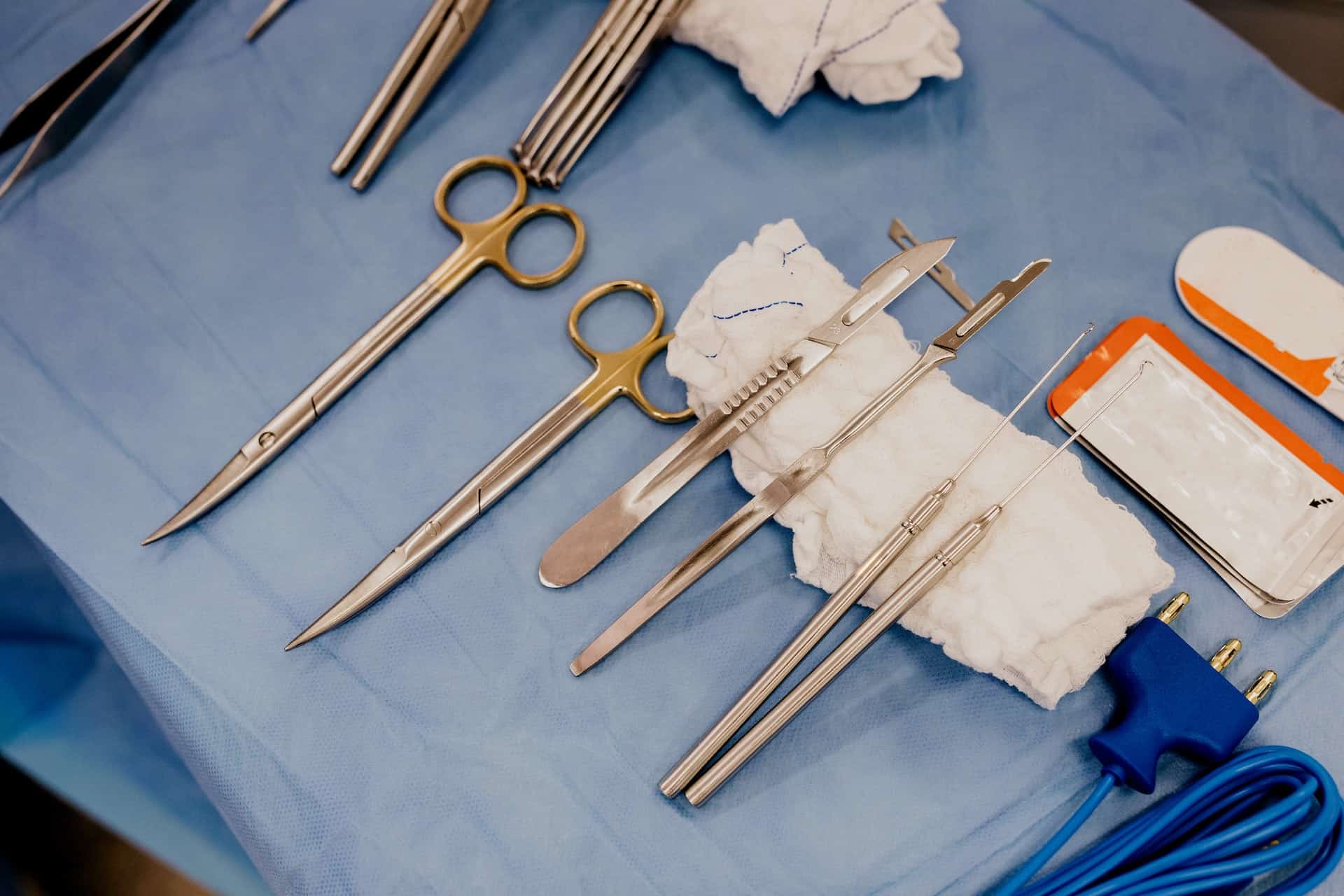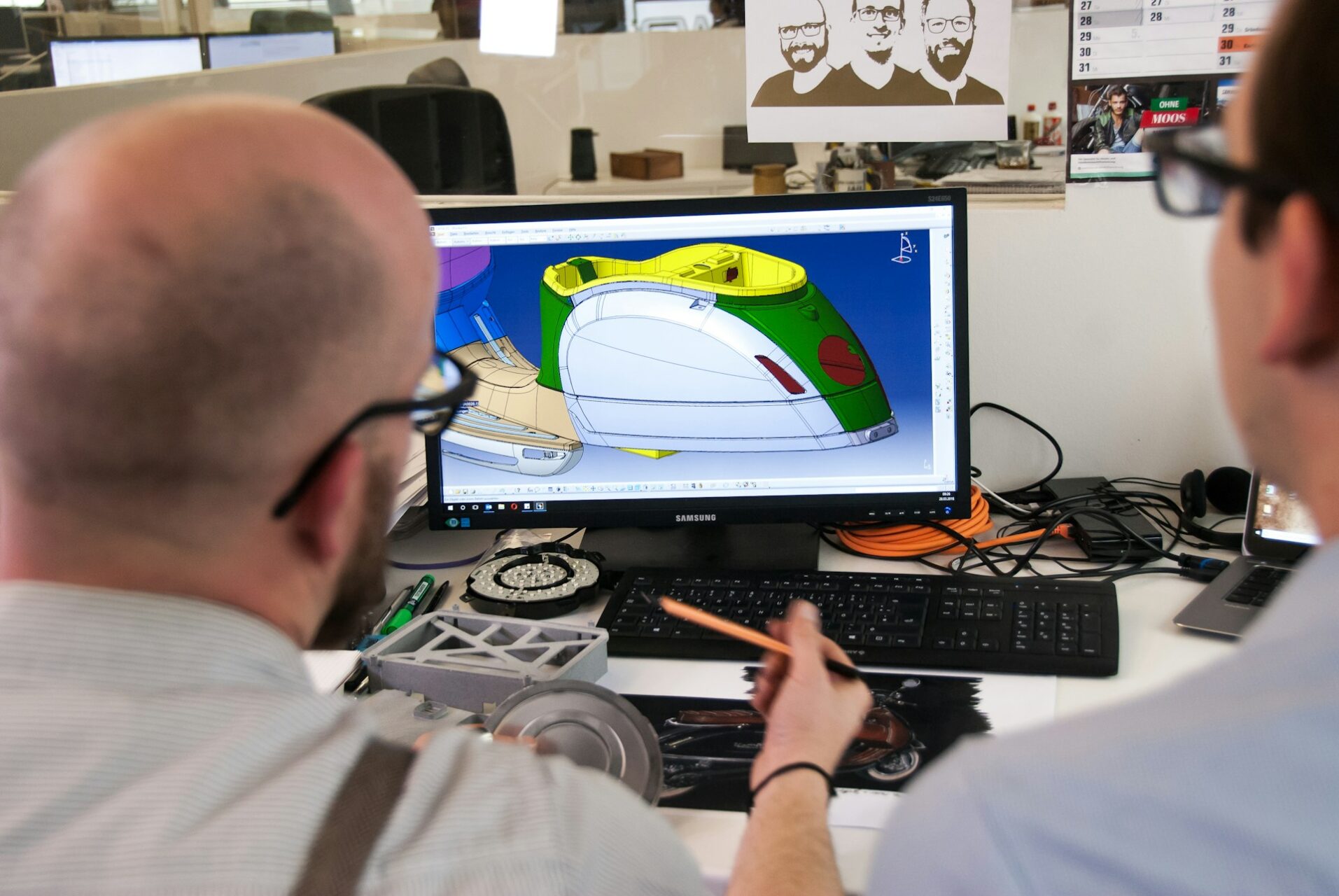
How Metal Engraving Machines Are Used in Health Care
February 16, 2023 - Emily Newton
Revolutionized is reader-supported. When you buy through links on our site, we may earn an affiliate commision. Learn more here.
How many people does it take to perform surgery? In addition to the obvious surgeons, anesthesiologists, nurses and physician’s assistants, countless people are involved in creating the required medical equipment, from the miners who extract the iron to the inspectors who box up finished scalpel blades. A metal engraving machine plays a barely noticeable but critically important role in this process.
FDA Labeling Regulations
The US Food and Drug Administration regulates the creation, sale and quality control of medical devices. It defines a medical device as any object that can diagnose, prevent, treat or cure diseases or physically affects bodily function. This definition excludes medications.
The FDA imposes stringent regulations when it comes to labeling medical devices. These include the strategic placement of warnings, instructions, symbols and control labels, as well as:
- Equipment labels
- Tamper resistance labels
- Asset labels
- Security labels
- Calibration stickers
- Serialized or barcoded labels
Some of these labels are found on the packaging, while others are engraved on the instruments and implants themselves.
A patient’s name, for example, is often delicately etched into their dentures, and dental implants bear a serial number for forensic identification or in case of a recall. Dark engraved bands encircle catheters and needles to mark precise depth measurements. These lines are easy to overlook by the untrained eye, but they make all the difference to medical professionals.
Many medical devices in the US have a Unique Device Identifier (UDI) that allows patients to look up information about their device. They simply have to type in the UDI on the Global Unique Device Identification Database (GUDID) to learn more about it.
What Is a Metal Engraving Machine?
Rotary engraving machines — which cut metal using a tool similar to a drill bit — are one type of metal engraving machine. However, high-precision lasers are responsible for most metal engraving in the medical field. These are often called laser engravers, laser cutters or metal laser cutting machines.
In contrast to etching, which melts the metal’s surface with acid to create raised marks, laser engraving removes material to create tiny scratches, making it a type of subtractive manufacturing. It digs into the material at a depth of up to 500 microns. Both techniques use high temperatures to create permanent marks by vaporizing a thin layer of metal.
Laser marking produces sharp, easy-to-read letters, numbers, symbols and logos with high contrast. It offers corrosion resistance and can mark irregular surfaces. Unlike CNC machines, laser engravers produce very little waste.
Fiber lasers are usually the weapon of choice when engraving metal and plastic, while diode lasers are better equipped to handle glass, leather and wood.
How Laser Engraving Machines Work
A laser engraver contains three main parts. The laser is the drawing tool that carves patterns on the metal’s surface, while the controller determines the laser’s movement. Engineers can swap out the third part, called the surface, to match the type of material the laser is cutting.
The laser beam is collimated and may heat up rapidly. Engraving metal requires high-density laser irradiation because metal is highly heat resistant.
Engineers program the metal engraving machine so the beam never touches the same place twice, ensuring a consistent carving depth. The entire process is automatic once a design is uploaded to the machine. This allows for greater accuracy and prevents the metal engraving machine from injuring people.
The Importance of Metal Engraving in Health Care
Here are the main benefits of using laser engraving on medical devices:
1. Administrative Ease
Markings and labels govern a product’s manufacturing process, use and disposal. Metal engraving allows for easy identification and traceability. It’s also essential for inventory control, branding purposes and overall functionality in the medical field.
2. Durability
Medical professionals must sanitize their tools under extreme conditions. The tools are often exposed to hot water, autoclaves and chemicals. Engraved labels stay in place and won’t corrode in the process. Importantly, they also won’t fall off in a patient’s body during surgery, an examination or when using an implant.
3. Precision
Metal engraving machines can pack a lot of information in a tiny area. That’s critical when labeling something as small as the head of a bone screw. Lasers can engrave labels both for people and machines to read.
4. Faster Recall
The UDI system allows for faster discovery of any flaws in medical devices. If a recall is issued, it’s easier to recall the devices quickly. The UDIs also help the FDA determine if a single device is flawed or if there’s a recurring problem. The unique label shows exactly where the medical equipment originated, its batch number and sometimes even its expiration date.
Without metal-engraved UDI labels, recalling medical devices can be a tedious process. It’s harder to determine where the devices came from, where they were shipped, which hospitals have them and which individual products from the flawed batch are in use. Additionally, the labels prevent the unnecessary disposal of functional devices that people might otherwise throw away during a recall.
5. Error Reduction
Metal-engraved labels reduce the chances of medical errors and counterfeiting. According to the WHO, up to 10% of medical products in low-and middle-income countries are counterfeit or of substandard quality. The FDA’s labeling standards make it much harder to pass off a phony medical device as legitimate.
6. Better Patient Experiences
Metal-engraved labels allow doctors to spend less time looking for a particular tool and spend more time with patients. With health care workers often so pressed for time, every minute counts.
The labels also help patients transfer their medical records if they visit the emergency room or switch to a new provider. If a patient simply pulls up the UDI information on their phone, any doctor can immediately recognize what type of device they’re using.
Automating Engraving
Metal engraving machines quietly work behind the scenes to keep the administrative side of health care running smoothly. They reduce errors, allow better sanitation practices and help patients stay informed about their medical devices. Without them, the health care field would involve a lot more guesswork.
Revolutionized is reader-supported. When you buy through links on our site, we may earn an affiliate commision. Learn more here.
Author
Emily Newton
Emily Newton is a technology and industrial journalist and the Editor in Chief of Revolutionized. She manages the sites publishing schedule, SEO optimization and content strategy. Emily enjoys writing and researching articles about how technology is changing every industry. When she isn't working, Emily enjoys playing video games or curling up with a good book.




